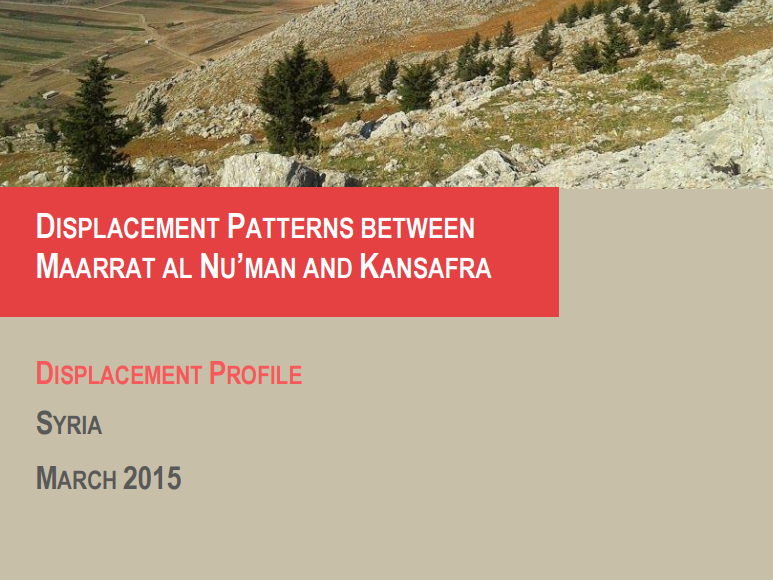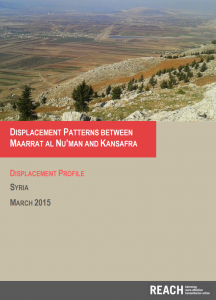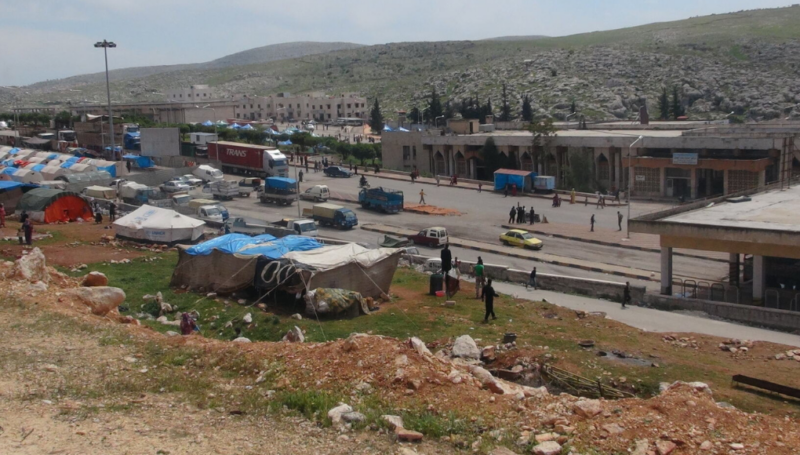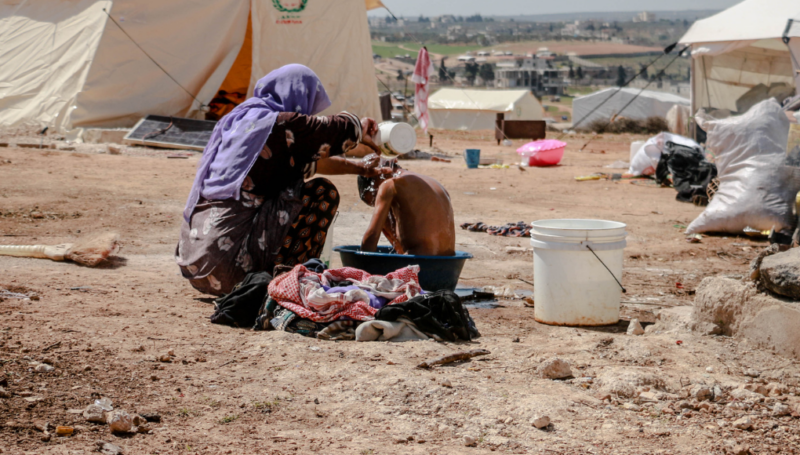This week, REACH released the first of a series of case studies examining internal displacement in Syria. The short profile examines the displacement of two groups of internally displaced persons (IDPs) from the same community in Idleb, northern Syria. Between 2012 and 2013, following increasing insecurity in the town of Maarrat al Nu’man, thousands of households were reported to have moved to the nearby town of Kansafra. In 2014, an estimated 2,600 of these individuals remained in Kansafra, but by February 2014, approximately three quarters of this group are understood to have returned.
Based on information from 79 interviews with key informants and households in both locations, the case study provides a micro-level analysis in order to further our understanding of the different factors affecting displacement in the Syrian context. While humanitarian actors often anticipate that IDP communities will react to shocks collectively, underlying differences amongst households that form and accumulate over time will likely become increasingly important determinants of how communities respond and whether they split or stay together.
The common factors that influenced this movement are likely present elsewhere. Therefore, the study of this particular case can also support the analysis of other similar movements. For humanitarian actors, finding ways to ensure that displacement is understood, and even anticipated, and that returns remain safe, voluntary and dignified is important to understand and better assist displaced populations within Syria and elsewhere.
Read the report: Internal displacement patterns between Maarrat al Nu’man and Kansafra, Syria










